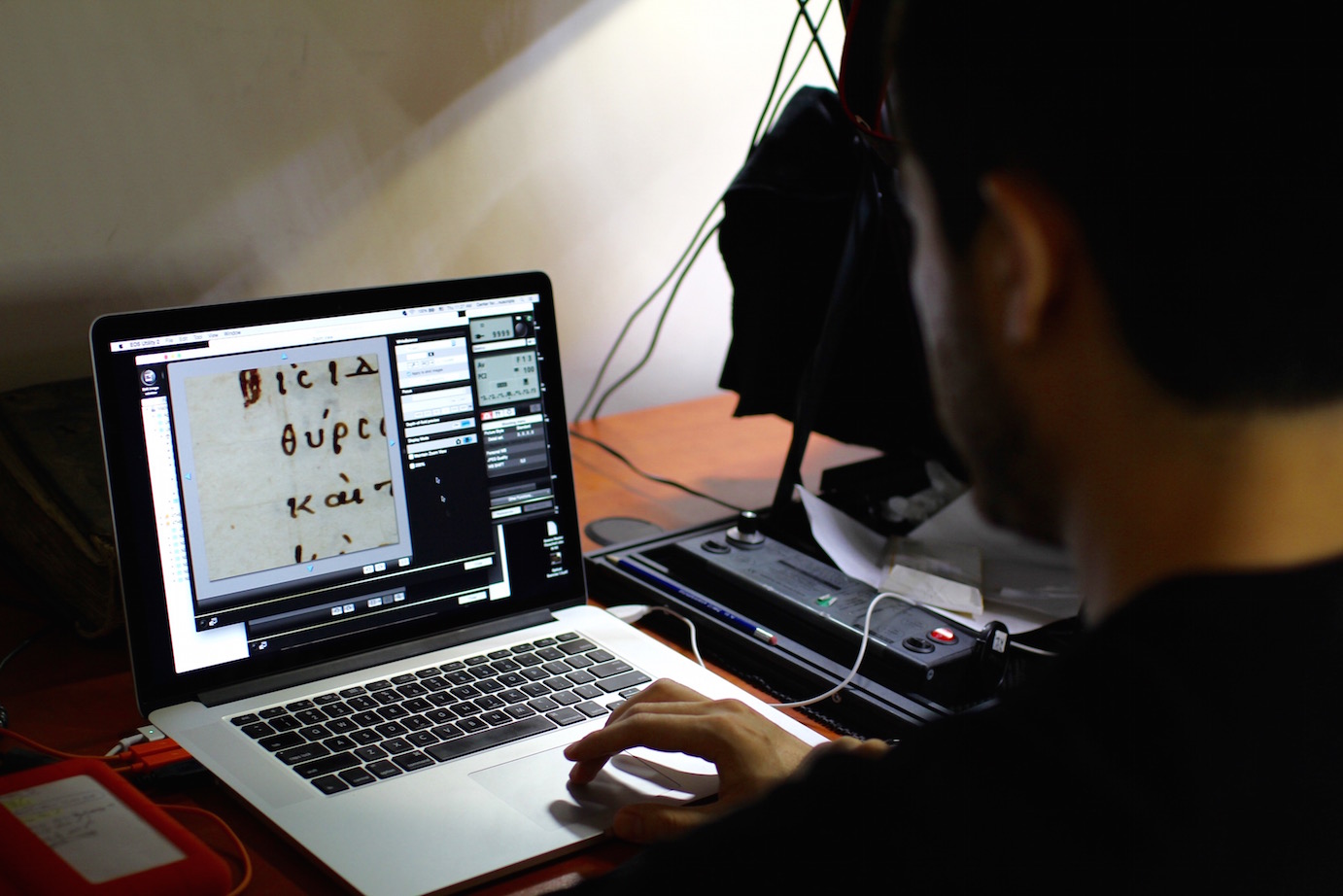By: Jacob W. Peterson, PhD Candidate at the University of Edinburgh
I had just turned eight when the first edition of The Text of the New Testament in Contemporary Research was published in 1995, but my first interaction with the book didn’t come until more than a decade and a half later in grad school. One of the final chapters of that book dealt with the use of computers in textual criticism and the promise that the digital revolution had for the field. Reading that chapter in late 2011 caused more gratefulness that I skipped that era than hope for some Jetsons-like future. To say that technology had changed in the interim between publication and my reading would be a severe understatement. When the second edition landed on the shelves in late 2012, the editors made the decision not to update that chapter because as soon as the volume was printed it would be outdated. With an eye to the fact that the pace of technological innovation has still not slowed, I will now offer some current and future tech that brings promise to the study of ancient documents, particularly of the New Testament.

The first technological advance showing great promise is multi-spectral imaging (MSI). Specialists working with MSI are just beginning to understand the range of its applications. I was recently at a presentation by representatives of the Early Manuscripts Electronic Library (EMEL) who were working on items in the David Livingstone collection. They had used MSI to create a topographical analysis of a diary page that revealed a wet cup had once rested on the page. This was all but invisible to the naked eye but perfectly explained why certain parts of the text had smudges. While this is now only marginally exciting, it points to a bright future for the technology. There are so many important manuscripts that are difficult to read or are illegible for any number of reasons that MSI enables us to finally analyze. Beyond providing scholars with accurate pictures of the text contained in the ancient sources, MSI seems to have great potential for informing us about secondary details, too. Text critics should be excited that more and more libraries are utilizing MSI because it finally provides clear access to our most inaccessible texts.
The next piece of technology holds, I think, the most potential to change the way that text criticism is done. Only a few years ago the idea of a successful application of optical character recognition (OCR) to handwritten texts was labeled impossible. By “OCR” I mean having a computer scan an image of a text and convert that into a digital text than can be searched and edited in a computer program. I’ve now seen prototypes that not only demonstrate that Greek manuscript OCR is possible, but that it is realizable in the not-too-distant future. The traditional way of analyzing manuscripts involves a human comparing a manuscript to a known text and recording the differences or actually transcribing each letter. You can imagine the feasibility of doing this for 5800 manuscripts, which is why text critics have created methods for sampling a manuscript’s readings rather than looking through the entire text. When provided with high quality digital images like those from CSNTM, OCR promises to automate this laborious process. Lifetimes’ worth of work will be compressed into mere months. OCR is not a magic wand that will eliminate the need to confirm readings in the manuscripts, but it will provide unprecedented amounts of raw data. That data can then be fed into tools like the Coherence-Based Genealogical Method to provide an even better picture of textual transmission, which ultimately impacts our understanding of the earliest form of the New Testament text. OCR, when achieved, will drastically transform what text critics have available to them and will open new avenues of research that will shed more light on the transmission of the New Testament.
A final and probably overlooked element of the increased incorporation of technology into textual criticism that I want to mention is its social impact. In the 19th century, text critics were predominantly Western European and, if not independently wealthy, funded by a benefactor. By the 20th century, the practice expanded to America but remained a discipline of Western culture. In the 21st century, organizations like CSNTM and its European counterparts, along with individual libraries, have opened up many resources to the rest of the world. For instance, students and scholars in South America, where the only known manuscript is in Brazil, now have free online access to thousands of manuscripts that previously were inaccessible because of distance and financial resources. In this way, technology has allowed textual criticism to soon become a global enterprise. New perspectives and new voices will make welcomed contributions to the field.
These are but a few examples of the ways I see technology changing textual criticism. The forecast may change tomorrow so that what I’ve written today becomes obsolete, but what will not change is the ever-increasing role of technology in the discipline. The good news is that these new developments, whatever they may be, move us in the direction of a better and more complete understanding of the history of the New Testament text.
